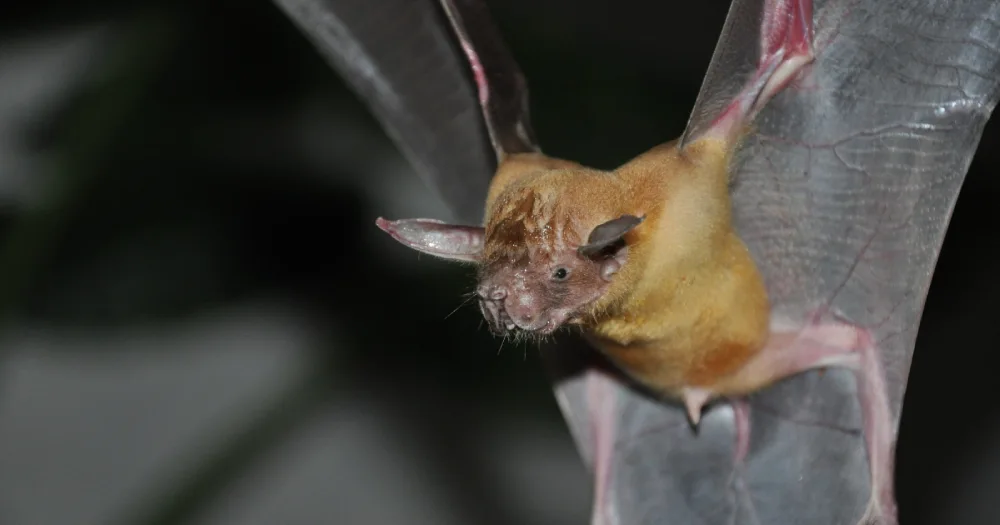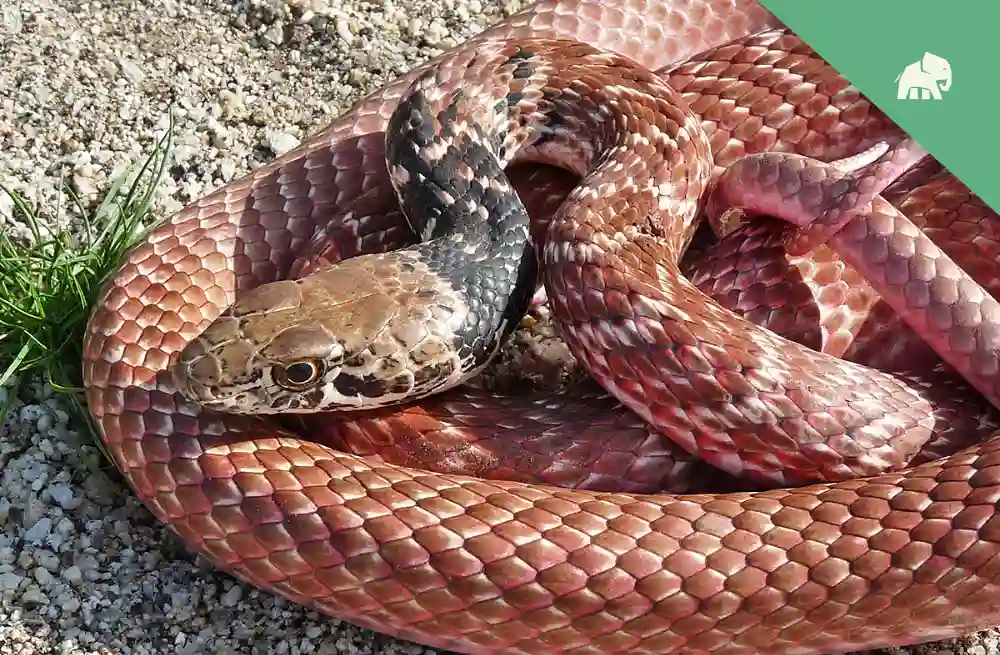The African buffalo, also known as the Cape buffalo, is a large herbivorous mammal found throughout sub-Saharan Africa. These impressive animals are a vital part of the African ecosystem, playing a crucial role in maintaining the balance of their habitats.
As a keystone species, African buffaloes have a significant impact on their environment and are considered an indicator species for the health of their ecosystems.
Despite their importance, African buffaloes face a number of threats, making it crucial to understand their biology, behavior, and conservation status. In this article, we will explore the fascinating world of African buffaloes and their impact on the African savannah.
| Animal Classification | |
|---|---|
| Kingdom: | Animalia |
| Phylum: | Chordata |
| Class: | Mammalia |
| Order: | Artiodactyla |
| Family: | Bovidae |
| Subfamily: | Bovinae |
| Genus: | Syncerus |
| Species: | Syncerus caffer |
| Binomial name: | Syncerus caffer caffer |
| Common name: | Cape buffalo |
| Subspecies: | Syncerus caffer nanus |
| Distribution: | Sub-Saharan Africa |
| Habitat: | Grasslands, savannas, and forests |
| Diet: | Herbivorous, grazes on grasses and herbs, and also browses on leaves and bushes |
| Average weight (male): | 600-900 kg (1,300-2,000 lbs) |
| Average weight (female): | 500-750 kg (1,100-1,650 lbs) |
| Horns: | Both males and females have horns that can reach up to 1.5 meters (4.9 ft) in length |
| Lifespan: | Up to 25 years in the wild |
| Behavior: | Form large herds, dominant individuals select feeding sites, communicate with scent marking and vocalizations, and defend their territories |
| Conservation status: | Least Concern (IUCN Red List) with localized declines and threats such as habitat loss, hunting, and disease outbreaks |
Physical Characteristics

The African buffalo, also known as the Cape buffalo, is a large and powerful bovine species found in sub-Saharan Africa. They typically stand about 4-5 feet tall at the shoulder and can weigh between 600 and 1,000 kg (1,300-2,200 lbs). African buffalos have a characteristic large and stocky build, with a broad chest and muscular legs.
They have a thick, shaggy black coat that is sparse on their underbelly and legs, and a long, curved, and heavy set of horns that can grow up to 1.5 meters (5 feet) in length. The horns are fused at the base and curve outwards, then upwards and inwards, forming a boss or shield-like structure on their forehead.
This unique feature is used for defense against predators and during battles for dominance within the herd.
Habitat and Range

African buffalos are highly adaptable and can be found in a variety of habitats, including grasslands, savannas, and forests. They are often found near water sources and require access to fresh water daily. In some areas, African buffalos have even been known to graze in agricultural fields or around human settlements.
African buffalos are distributed across sub-Saharan Africa, from Senegal to Ethiopia and down to South Africa. They are also found on several large islands off the coast of Africa, including Madagascar and the Comoros Islands.
Within their range, African buffalos have adapted to different environments and can be found in diverse habitats such as the dense rainforests of central Africa and the dry savannas of southern Africa.
African buffalos are known for their nomadic tendencies, as they are constantly on the move in search of food and water. During the dry season, they may migrate in search of greener pastures and water sources.
These migrations can cover great distances and may take the animals across national borders. In some areas, African buffalos may form large herds during the wet season and then disperse into smaller groups during the dry season.
Diet and Feeding Habits
African buffalos are herbivorous and primarily graze on grasses and herbs, with some species also browsing on leaves and bushes. They are known to be generalist feeders, which allows them to adapt to various types of vegetation and habitats. In addition to grazing on fresh vegetation, they will also consume older, dryer vegetation during times of drought or when fresh vegetation is scarce.
African buffalos are known for their feeding habits and patterns. They tend to graze in large herds, which can consist of hundreds or even thousands of individuals. These herds are often led by dominant individuals, who select feeding sites and decide when and where the group should move.
The dominant individuals are usually older males with large, impressive horns that they use to intimidate and dominate other individuals.
During feeding, African buffalos use their large, muscular tongues to strip vegetation from the ground, and their powerful jaws and teeth to grind and crush tough grasses.
They also have a unique digestive system that allows them to extract nutrients from tough, fibrous vegetation. Their four-chambered stomachs are able to break down and ferment cellulose, a compound that is difficult for most other mammals to digest.
African buffalos’ feeding habits have an important impact on their habitat and other species. As grazers, they play a critical role in maintaining the grasslands and savannas of Africa. By keeping the vegetation at a certain height, they create a more diverse landscape that benefits other herbivores, such as antelopes and zebras.
They also provide food for predators such as lions, hyenas, and crocodiles. Overall, African buffalos are an important part of the African ecosystem, both as a food source and as a key species that helps to maintain the balance of the ecosystem.
Behavior and Social Structure

African buffalos are social animals that typically form large herds ranging from a few individuals to several hundred members. The size of the herd is often dependent on the availability of food, water, and shelter in their habitats.
These herds are usually led by a dominant bull, who is responsible for selecting the feeding and resting sites for the group.
The social structure of African buffalos is based on a hierarchy system. Dominant bulls have the highest status in the herd, and they have priority access to food and mates. Females are organized into smaller family groups, and they are also ranked within these groups based on age and size.
African buffalos use various communication methods to interact with each other and defend their territories. They use scent marking to leave a chemical message that indicates their presence to other buffalos. They also use vocalizations such as grunts, bellows, and snorts to communicate with each other.
When threatened, African buffalos have a reputation for being highly aggressive and defensive, and they will charge at predators or perceived threats. They have been known to kill lions and other predators, making them a formidable force in their ecosystem.
Ecosystem Roles

African buffalos play an important role in their ecosystems, as they are considered a keystone species due to their impact on vegetation and their interactions with other wildlife. As herbivores, African buffalos graze on grasses and herbs, helping to regulate the growth of plant communities and shaping the composition of ecosystems.
In addition, African buffalos have a unique relationship with several species of birds, such as the oxpecker, which feeds on parasites that inhabit the buffalo’s skin. This mutually beneficial relationship helps to keep the buffalo clean and free of harmful parasites, while providing food for the birds.
African buffalos are also an important prey species for large predators such as lions, hyenas, and crocodiles. The presence of African buffalos in an ecosystem can therefore influence the distribution and abundance of predators in the area.
Overall, the presence of African buffalos in ecosystems contributes to the biodiversity and stability of these habitats. Therefore, conservation efforts should focus on protecting African buffalo populations to maintain the integrity of African ecosystems.
Threats and Conservation Status
African buffalos face a range of threats that impact their populations and habitats. Habitat loss is a major concern for African buffalos, as human development and agriculture continue to encroach upon their traditional ranges. Additionally, hunting of African buffalos for their meat and hides has been a significant problem in many areas, particularly in countries with high rates of poverty and limited law enforcement capacity.
Another serious threat to African buffalos is the spread of infectious diseases, particularly those that can be transmitted between wildlife and domestic livestock. Diseases such as bovine tuberculosis, anthrax, and foot-and-mouth disease can have devastating impacts on buffalo populations, as well as on the livelihoods of farmers who rely on healthy livestock.
Efforts to conserve African buffalos are ongoing, with a number of organizations and governments working to protect the species and its habitat. Conservation strategies typically involve a combination of measures, including habitat protection, anti-poaching efforts, and disease management.
In some areas, local communities have taken the lead in conservation efforts, recognizing the value of protecting these iconic animals and the benefits that they provide to both people and the environment.
Overall, African buffalos are considered a species of “Least Concern” by the IUCN, but ongoing conservation efforts are needed to ensure their survival and continued role as a keystone species in African ecosystems.
Cape buffalo FAQ’s
Q: What is the average weight of a male Cape buffalo?
A: The average weight of a male Cape buffalo is around 770-990 kg (1,700-2,200 lbs).
Q: Can a male Cape buffalo weigh more than a ton?
A: Yes, some male Cape buffalos can weigh over a ton (2,000 lbs).
Q: How does the weight of a male Cape buffalo compare to that of a female?
A: Male Cape buffalos are generally larger and heavier than females, with males weighing an average of 770-990 kg (1,700-2,200 lbs) and females weighing an average of 430-680 kg (950-1,500 lbs).
Q: What factors can influence the weight of a male Cape buffalo?
A: Factors such as age, genetics, diet, and habitat conditions can influence the weight of a male Cape buffalo.
Q: Is the weight of a male Cape buffalo affected by its age?
A: Yes, the weight of a male Cape buffalo can increase as it ages, with fully grown males weighing more than younger ones.
Q: How much weight can a male Cape buffalo lose during a drought or dry season?
A: Male Cape buffalos can lose a significant amount of weight during a drought or dry season, with some losing up to 20% of their body weight.
Q: What is the maximum weight recorded for a male Cape buffalo?
A: The heaviest male Cape buffalo ever recorded weighed around 1,270 kg (2,800 lbs).
Q: How does the weight of a male Cape buffalo compare to other large mammals in Africa?
A: Male Cape buffalos are one of the largest land mammals in Africa, with only elephants, rhinoceroses, and hippopotamuses being larger.
Q: Can the weight of a male Cape buffalo vary depending on its geographic location?
A: Yes, the weight of a male Cape buffalo can vary depending on the geographic location and environmental conditions of its habitat.
Q: Do male Cape buffalos in captivity have a different average weight than those in the wild?
A: Male Cape buffalos in captivity may have a different average weight than those in the wild, as their diet and exercise levels may be different.
In conclusion…
African buffalos are a remarkable species with significant ecological importance in African ecosystems. Their physical characteristics, habitat preferences, diet and feeding habits, social behavior, and ecosystem roles all make them a fascinating subject for further study. However, African buffalos are also facing numerous threats, including habitat loss, hunting, and disease outbreaks, which require conservation efforts to ensure their survival.
As such, it is crucial to continue to raise awareness and support conservation initiatives to protect these magnificent animals and the ecosystems they inhabit.
By learning more about African buffalos and taking steps to conserve them, we can ensure that they continue to play their vital role in African ecosystems for generations to come.







